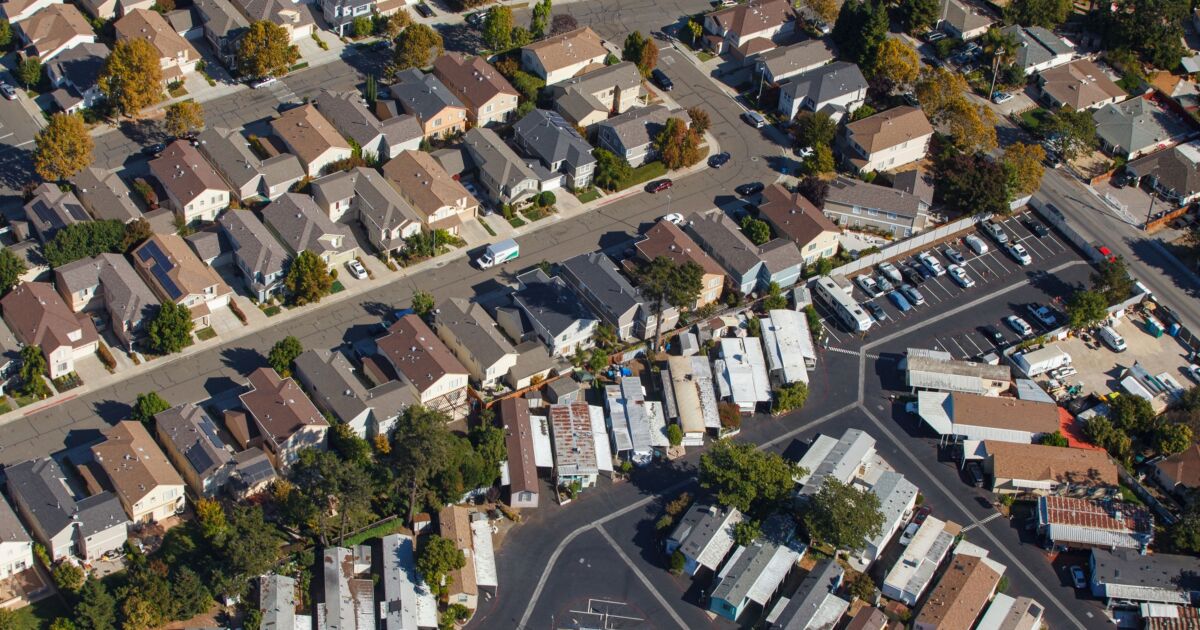
Loan officers: when speaking to potential borrowers who are waiting for home prices to drop, tell them data from the first quarter of 2025 shows that, in most regions nationwide, they shouldn't wait.
Prices for single-family homes rose in 83% of measured metro areas, an analysis by the National Association of Realtors found. Though this is a drop from 89% the quarter prior, it highlights that buying a house continues to
The national median single-family existing-home price grew 3.4% from a year ago to $402,300, NAR's data shows. In tandem, monthly mortgage payments on properties with a 20% down payment increased by 4.1% to $2,120.
"Most metro markets continue to set new record highs for home prices," said Lawrence Yun, NAR's chief economist, in a statement.
"In the first quarter, the Northeast performed best in both sales and price gains by percentage. Despite the stronger job additions, the South lagged with declining sales and virtually no price appreciation," he added.
In the Northeast, several metro areas saw home prices rise by at least 10% year-over-year. Syracuse, New York, led the way with a 17.9% increase, followed by the Ohio-Pennsylvania metro area (13.6%), Nassau County–Suffolk County, New York (12.0%), Toledo, Ohio (11.1%), Cleveland–Elyria, Ohio (11.1%), and Rochester, New York (11.1%).
Montgomery, Alabama, also posted a notable gain, with home prices climbing 16.1% compared to the same time last year.
The most expensive housing markets in the country are still in California. San Jose–Sunnyvale–Santa Clara saw prices rise 9.8%, followed by Anaheim–Santa Ana–Irvine (6.2%), San Diego–Carlsbad (5.7%), and Los Angeles–Long Beach–Glendale (4.8%).
NAR's Yun pointed out the very expensive home prices partly reflect "multiple years of home underproduction in those metro markets." Something that the Trump
"Another factor is the low homeownership rates in these areas, implying more unequal wealth distribution. Affordable markets tend to have more adequate supply and higher homeownership rates," Yun added.
The economist also pointed out that areas that were hit with price declines in the previous year, including Boise, Las Vegas, San Francisco and Seattle, are rebounding.
"Similarly, some markets currently experiencing price declines – but with solid job growth – could see prices recover in the near future, such as Austin, San Antonio, Huntsville, Myrtle Beach, Raleigh and many Florida markets," he said.
Despite an upward trend, some predict a home price downturn
These results run counter to predictions made by some that home prices will soon start to wind down.
He noted this is a result of the Federal Reserve enabling a huge accumulation of debt, "now we're getting rid of it, but I will make one prediction, I think you're going to have a macro housing price reset in three to four years."
"I think we're going to go back down to the 2020-level of home prices on average,"



